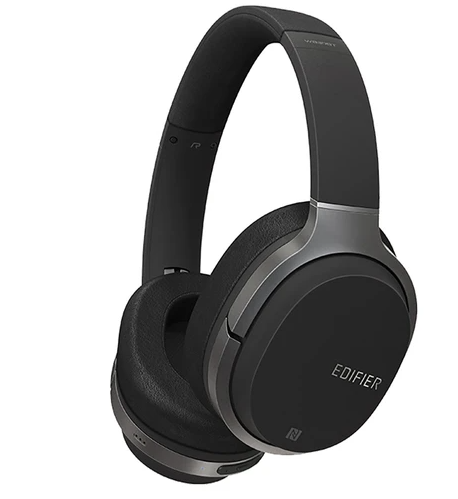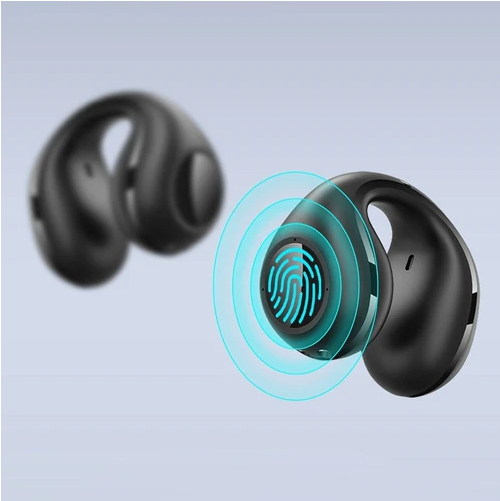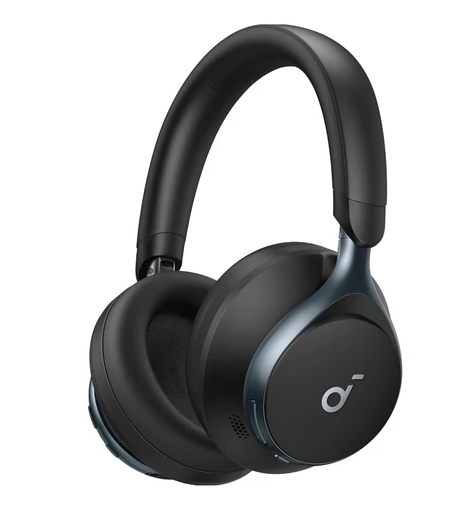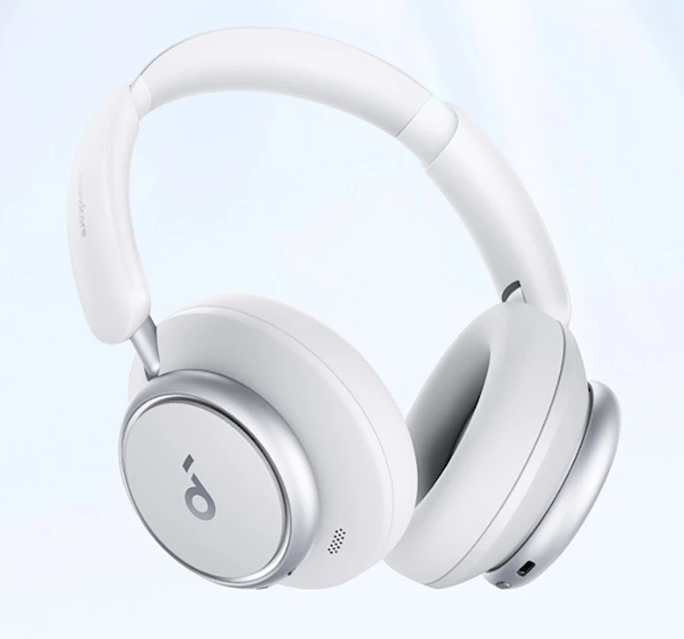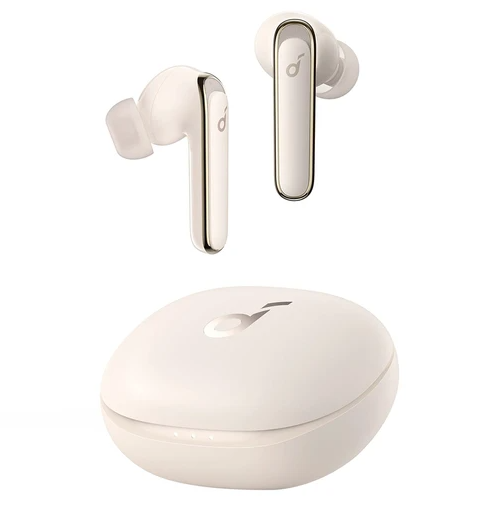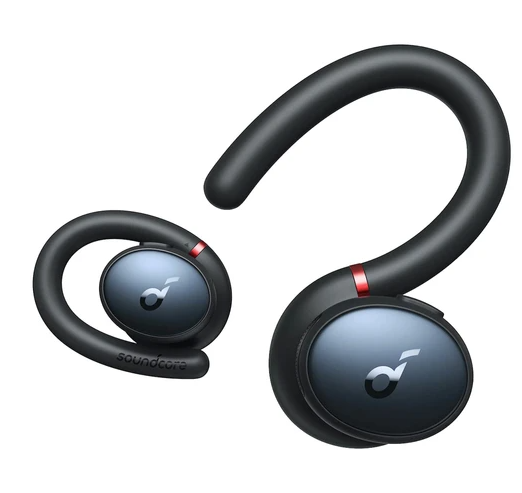Headphones have become an indispensable item in people’s daily lives. Whether you are walking on the road, studying, or taking a train or plane during a journey, just put on your headphones and you will be immersed in your own music world. In order to better enjoy your music time, are you looking for a pair of headphones with high sound quality and comfortable wearing? This blog will introduce you to different headphones and recommend some high-quality headphones that you may like.
Type
According to the type of headphones, they can be divided into the following types.
Closed-back Headphones
Closed-back headphones completely cover the ears. The ear pads form a seal with the head, effectively isolating environmental sounds, allowing users to still clearly hear the audio in the headphones in noisy environments, especially suitable for occasions that require a high degree of concentration or in travel, work and other occasions. However, they may be slightly less ventilated than open-back headphones, and wearing closed-back headphones for extended periods of time may cause your ears to feel stuffy, but modern designs tend to use breathable materials and ergonomic designs to improve wearing comfort. Some closed-back headphones also use active noise reduction technology to further eliminate background noise, create a relatively independent and rich sound field, enhance low-frequency expression, and provide users with a fuller, three-dimensional sound experience.
Open-back Headphones
The ear cups of open-back headphones are usually made of mesh material or have vents. Sound inside the headphones can leak through the ear cups to the external environment, and external sound can also be transmitted to the wearer’s ears. Open-back headphones can provide a more natural, open, and stress-free listening experience, with more transparent mid and high frequencies, and relatively more accurate sound field positioning. When wearing open-back headphones, users will not feel completely isolated from the outside world and can clearly hear the sounds of the surrounding environment. They are suitable for users who need to be alert to the environment (such as outdoor sports, office environments, etc).
On-ear Headphones
On-ear headphones are also known as in-ear headphones, earbuds or in-canal headphones. They insert directly into the user’s ear canal or fit snugly inside the auricle. On-ear headphones are small in size and light in weight. They have silicone or foam earplugs of different sizes to adapt to different ear canal sizes. They have good fit and stability and are not easy to fall off when used during sports or daily commuting. On-ear headphones can better preserve music details. The sound is mainly concentrated in the user’s ears and will not leak to the outside world, which is beneficial to protecting personal privacy and not disturbing others. It should be noted that wearing on-ear headphones for a long time may cause a certain amount of pressure on the ear canal. It is recommended to appropriately reduce the wearing time to keep your ears healthy.
Over-ear Headphones
Over-ear headphones adopt a large earmuff structure and are filled with soft sponge or leather materials. They do not directly contact the pinna and ear canal, reducing pressure on the ears. Over-ear headphones have good passive sound isolation, and some high-end models are equipped with active noise cancellation (ANC) technology, which captures and cancels ambient noise through built-in microphones. Over-ear headphones generally outperform smaller headphones in terms of low-frequency response, soundstage reproduction, and overall sound quality performance. Modern over-ear headphones not only support traditional wired connections, such as a 3.5mm jack or USB-C port, but also widely support wireless Bluetooth connections. Many over-ear headphones also have functions such as integrated microphones, touch operations, multi-device switching, and intelligent voice assistants, which can meet the diverse needs of users.
Clip-on Headphones
Clip-on headphones attach to the user’s ears with ear clips and do not insert into the ear canal like traditional in-ear headphones. Clip-on headphones are lightweight and adjustable, adapting to the size and shape of different users’ ears. Clip-on Bluetooth headphones usually feature earhooks that can be adjusted for angle and curvature. Users can adjust to the best position according to their own needs, so that the earphones can stably fit on the outer contour of the ear such as the auricle and will not slide easily. Open clip-on headphones can transmit sound through the open speaker unit, allowing the ears to receive music or call content in a relatively natural state while maintaining the perception of external environmental sounds. Compared with in-ear headphones, the clip-on design can reduce pressure on the ear canal and eardrum, which is especially suitable for users who wear it for a long time or who feel uncomfortable with in-ear headphones.
Connection Method
According to the connection method, headphones are divided into wired headphones and wireless headphones.
Wired Headphones
Wired headphones directly connect to the audio source, ensuring consistent audio quality without worrying about battery life or wireless connectivity. The most common configuration uses two wires connecting two speaker drivers and terminating in a single 3.5mm plug. Then put the plug into the 3.5mm jack on your audio source (PC, laptop or mobile device) and enjoy your music.
Wireless Headphones
Wireless headphones usually use Bluetooth technology and can move freely without annoying tangled wires. Wireless headphones and earbuds use radio frequency (RF), infrared (IF) or Bluetooth to connect to audio sources. Compared with wired headphones, there is not much difference in sound quality. Wireless headphones is more convenient, but when using wireless headphones, you need to pay attention to battery life and Bluetooth version.
Wearing Method
Choose your favorite headphones based on how you wear them.
In-ear Type
Small and portable, suitable for mobile scenarios, but comfort varies from person to person, so choosing the right size is crucial.
Over-ear Type
It is more comfortable, especially suitable for long-term use scenarios, and can provide better sound insulation effect, but it is larger and not suitable for carrying around.
Semi-in-ear/bone Conduction
Choose according to personal ear structure and preferences.
Purpose
Choose the headphones you want based on the purpose.
Music Appreciation
If you mainly listen to music, especially if you like heavy bass and stereo performance, you can choose earphones or headphones that emphasize sound quality, excellent balance, and good sound isolation.
Work Out
For sports enthusiasts, wireless earbuds or over-the-ear headphones are often more suitable, as they should be sweat- and water-resistant and have a secure fit that won’t fall off during strenuous exercise.
Call Requirements
If you need to conduct frequent phone calls or online meetings, give priority to headset or headphones with high-quality microphones and noise suppression technology.
Game Entertainment
Gaming headphones typically come with surround sound and precise positioning capabilities, as well as clear voice chat quality.
Depending on your needs, you can also pay attention to whether the headset has the following additional functions.
Convenience of control: whether there are built-in function buttons such as volume adjustment, play/pause, and answering calls.
Active Noise Cancellation: Very useful in situations with loud ambient noise and can improve the listening experience.
Environment awareness mode: Some high-end headphones provide this function, which allows you to hear the sounds of the surrounding environment while enjoying music, improving safety and interactivity.
To sum up, before choosing a headset, you should first clarify your usage scenarios and core needs, then comprehensively consider and compare all the above aspects, and finally choose the headset product that best suits you.
- 2X stronger voice reduction
- Reduce noise by up to 98% with adaptive noise canceling
- Crisp, Hi-Res sound via 40mm dynamic drivers
- Worry-free battery (40H ANC on, 55H ANC off)
- 8° rotating ear cups and soft integrated headband for all-day comfort
- Upgraded noise cancelling system reduces noise by up to 98%
- Make every space your own with adaptive noise cancelling
- Ultra-long 50-hour playtime for travel
- Sound with exceptional detail
- Secure and comfortable fit
- Thumping Beats
- Multi-Mode Noise Cancelling
- Boosted Call Quality
- 7 Hours of Playtime
- Crisp, clear sound via ACAA™️ 3.0 Coaxial Acoustic System
- 360° immersive spatial audio with music and movie modes
- CloudComfort™️ ear tips for long-lasting comfort
- All-new heart rate sensor with soundcore app
- HearID personalized active noise cancelling
- 9/28 hours of playtime for all-day listening
- 210° Rotating Ear Hooks
- Pumped-Up Bass
- IPX7 Effective Sweat Protection
- 22 EQ Presets
- Bluetooth 5.2
- Up to 32 Hours Playtime
- Made for Meta Quest 2
- Multi-Platform compatibility
- Seamless gameplay with <30ms low latency
- 4GHz high-speed wireless connection
- LC3 codec for fast audio transfer
- Simultaneous Bluetooth and dongle connection
- Thumping sound with 11mm driver and BassUp
- Unlimited playtime with pass-through charging

